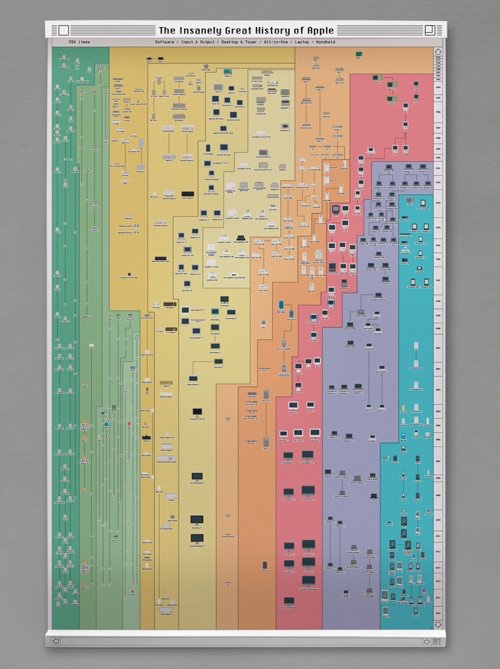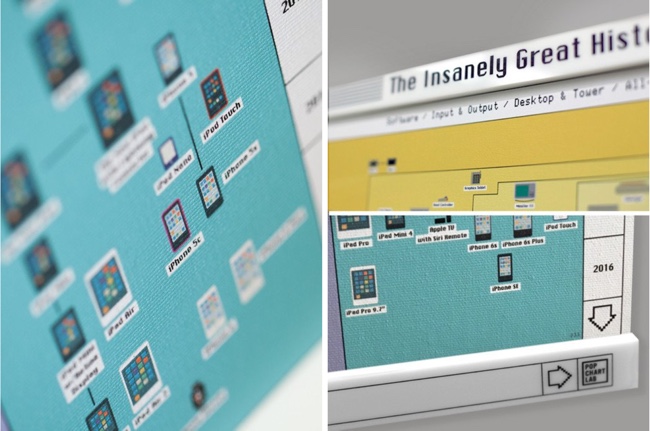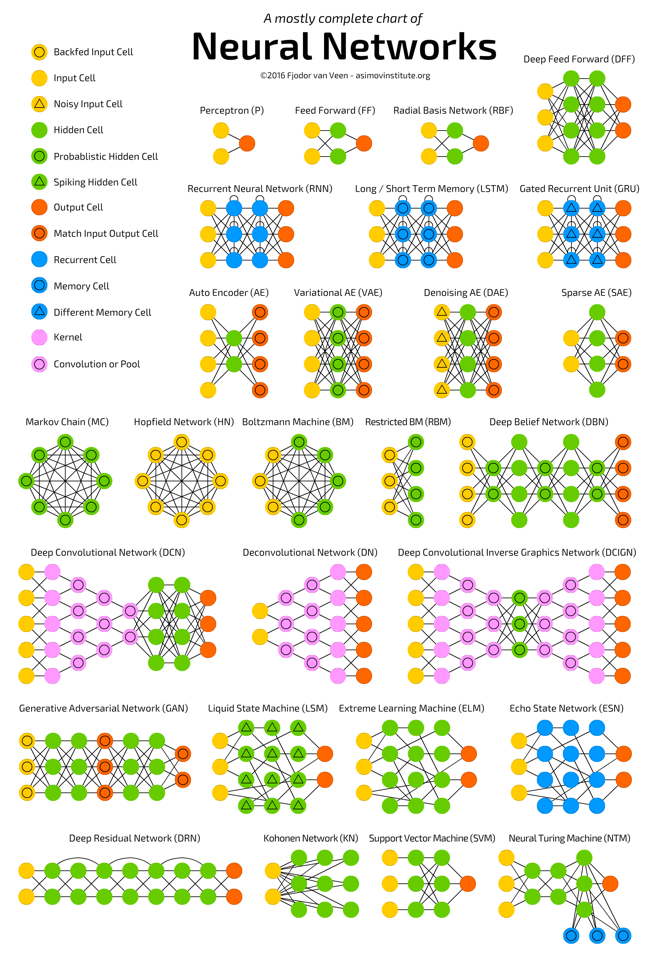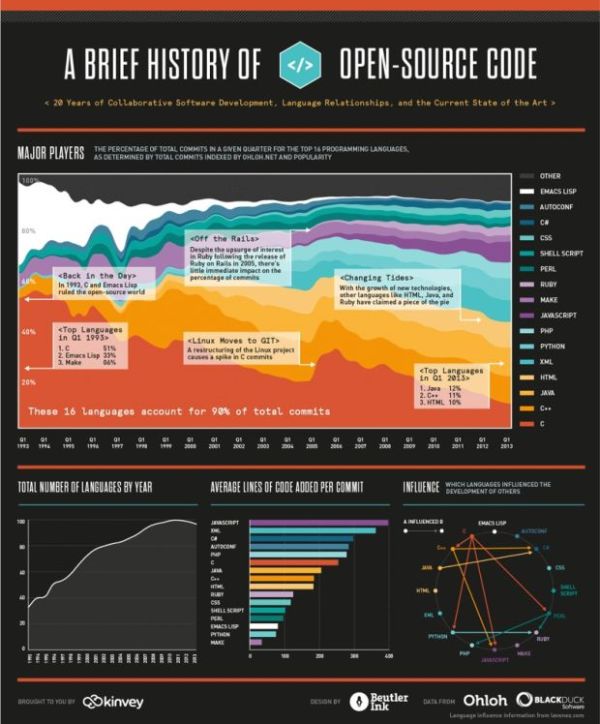534 Apple Products On One Giant Poster
534 Apple Products on One Giant Poster are included in The Insanely Great History of Apple 3.0 poster from Pop Chart Lab. It is the new and improved list of all Apple products ever made! You can buy a 28"x 42" print of the infographic here.
Newly refreshed with recent Apple products including the 9.7" iPad Pro and the iPhone SE, the world's most comprehensive mapping of Apple products is back just in time for Apple's 40th Anniversary--and is now printed on demand on beautiful exhibition canvas! This classic gallery of proprietary gadgets displays every computer, handheld, peripheral, software, and operating system released by Apple from 1976 onward. Over 500 items in all, chronicling how Apple has invented—and reinvented—insanely great products.
What's more, this canvas print comes bundled with laser-engraved System 6 Window Bar Rails for a throwback-OS mounting solution.
Found on Fast Company Design!









 Randy
Randy




